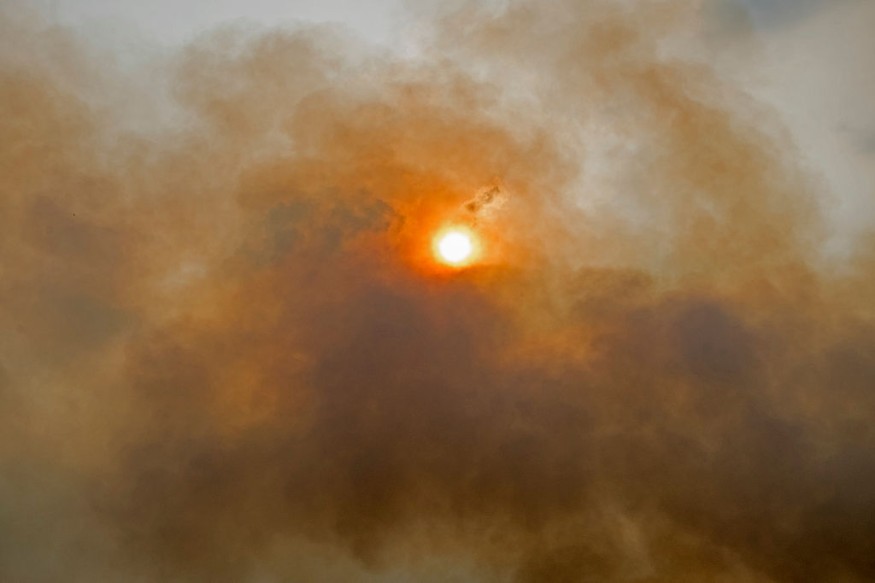Air Quality Alert Issued for Northeastern Minnesota; Sensitive Group Warned Over Orange AQI Category

Due to the ongoing wildfires 100 miles north of the Canadian border in Ontario and Manitoba, the Minnesota Pollution Control Agency issued an air quality alert for Northeastern Minnesota that would start from 6 a.m. Monday through 8 a.m. Tuesday.
The smoke from the wildfires would be brought into Minnesota by Northwest winds behind a cold front.
Based on the news release from the MPCA, the affected areas in Northeastern Minnesota includes Duluth, Hibbing, Ely, International Falls, Bemidji, and the tribal nations of Fond du Lac, Grand Portage, Leech Lake, and Red Lake.
Orange Air Quality Index
According to CBS3Duluth, the Minnesota Pollution Control Agency emphasized that during the time of the heightened alert, fine-particle levels are expected to be in the Orange AQI category with a numerical value of 101 to 150. Heavy smoke is expected to arrive Monday morning and will remain over Northeastern Minnesota through Tuesday morning. The smoke plume over the state of Minnesota is expected to dissipate on Tuesday due to the moderate to heavy rainfall and the northeast winds forecast across the northern half of the state.
Individuals Among Sensitive Group
The release of the MPCA also emphasized that the Air Quality Index level of the state within the mentioned timeframe would be considered unhealthy especially for sensitive groups, Pine Journal reported.
The Minnesota agency reminded that individuals who have asthma or other breathing conditions like chronic obstructive pulmonary disease should be alarmed. Also, individuals who have heart disease or high blood pressure are being warned about the effects of air pollution.
Included on the list were children and older adults who are more vulnerable to respiratory diseases. Even those families who don't have air conditioning to reduce indoor air pollution were notified for their safety.
Even people of all ages doing extended or heavy physical activity like playing sports or working outdoors are on the list of sensitive groups as their activity may cause Exercise-Induced Bronchospasm or EIB spasm in the lungs.
The symptoms of EIB start after about 5 to 20 minutes of non-stop exercise. The length of time depends on how severe the condition of an individual is. Trouble in breathing, coughing, chest pain, chest tightness, and wheezing, are included in the symptoms of EIB.
Furthermore, the Respiratory Health Association mentioned on their website that breathing in air pollutants can irritate the airways of an individual, which may lead to shortness of breath, coughing, wheezing, asthma episodes and chest pain. The organization also added that exposure to air pollution would put an individual at risk of lung cancer, stroke, heart attacks, and, in extreme cases, can lead to death.
On the other hand, residents living in the mentioned areas in Northeastern Minnesota were advised to have more information regarding the current air quality conditions in their area they need to check the Minnesota Air mobile app or visit pca.state.mn.us/air/current-air-quality. Users could sign up for daily air quality forecasts and alert notifications via email, text, phone.
RELATED ARTICLE : Cuba Evacuates Thousands of People as Tropical Storm Elsa Nears and Moves to Florida
WATCH: More than 150 wildfires rage across western Canada | DW News
Subscribe to Latin Post!
Sign up for our free newsletter for the Latest coverage!
















